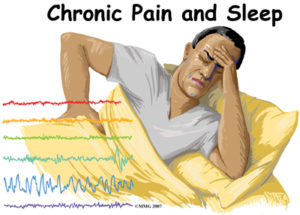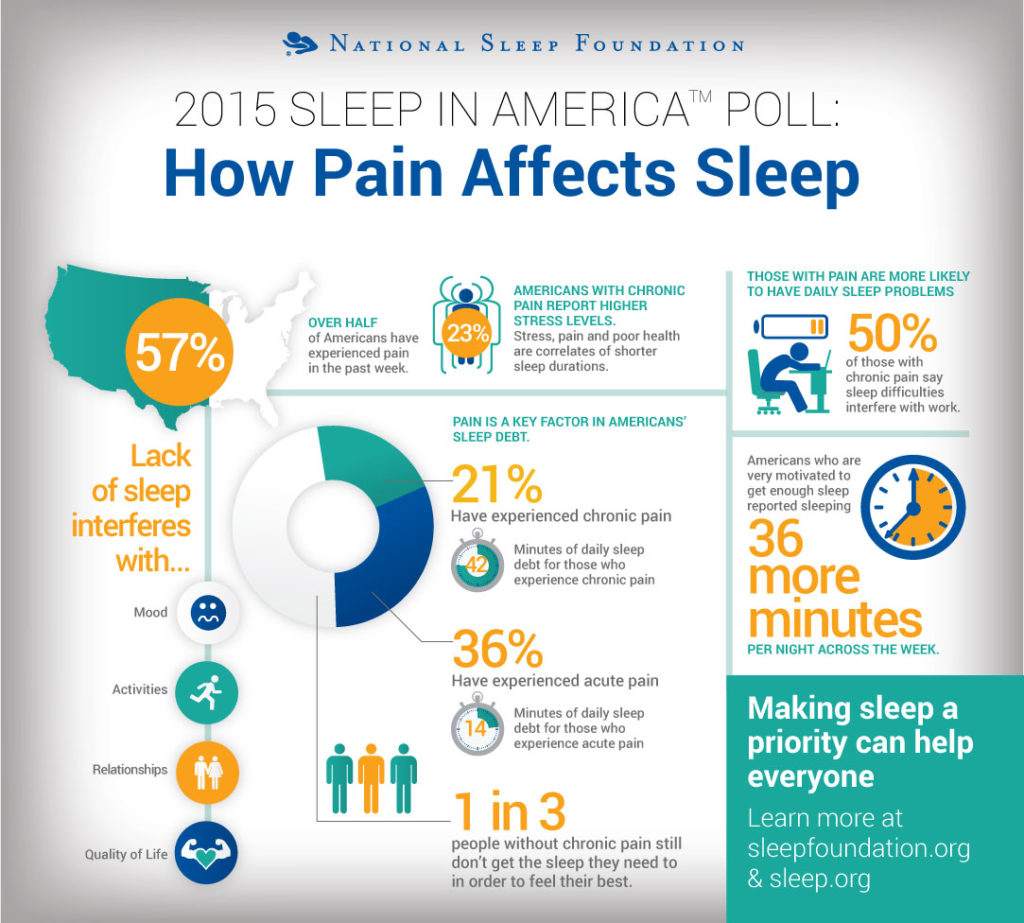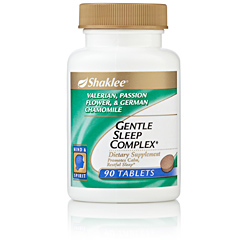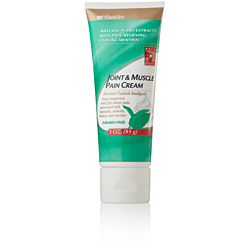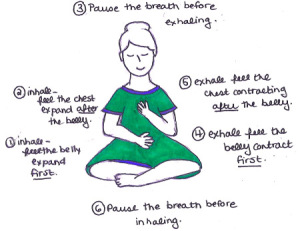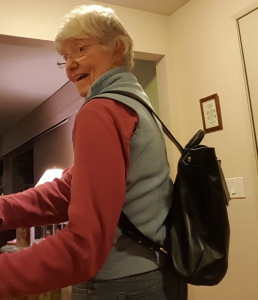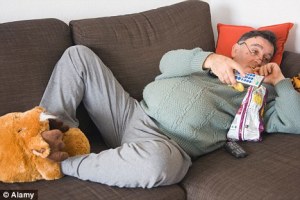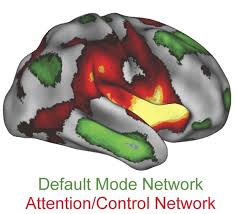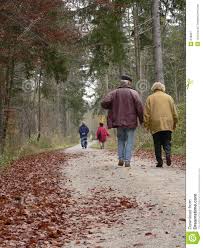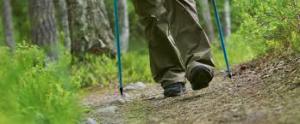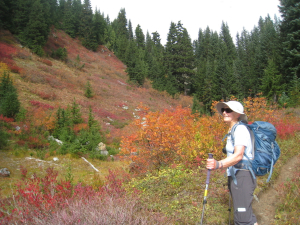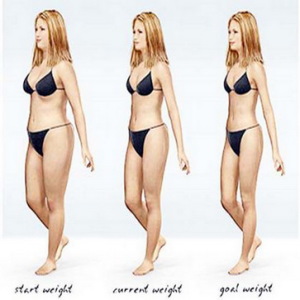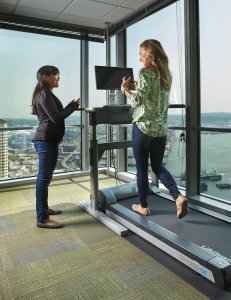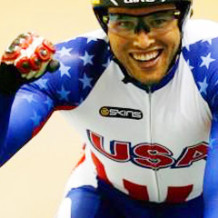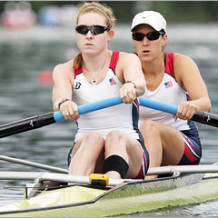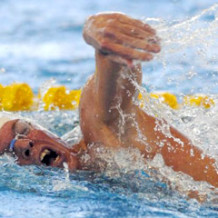Have you had surgery? A spine fusion? It has been three weeks since Dr. Nora operated performing a screw-less spine fusion of three discs, 2/3, 3/4, 4/5. This past week I re-engaged the busy world I left behind on August 16th. The two-week retreat seemed like long enough.
A cheer went up at choir practice when I walked in an inch taller and without my usual hiking sticks. The same at church on Sunday. I have had an ear full of “me, too” stories of surgeries, fusions, medications that helped. Nice to be in good company with people who seem to be handling life with gusto after major surgery. Most of these people are younger than I am.You will probably respond to this post with your own stories and I will want to hear them.
Post op people become members of a club of survivors. It is a club I have avoided with vigor for many years.
Since 2004 when my neuro-surgeon, Dr. Stan Herring (sports medicine doc for the Seahawks, Huskies and Mariners) told me my bones were bad and he would never recommend surgery, I’ve been blogging about my efforts to keep moving in spite of a bad spine. Dr. Herring took one look at my MRI and told me a person with my lumbar spine should be in a wheelchair. My first blog was titled www.nowheelchair.wordpress.com, inspired by Dr. Herring’s remarks.
My goal in No Wheelchair and in www.GrandmaBetsyBell.com/be-well/ has been to share my strategies for staying active and relatively pain-free. I looked forward to a “surgery avoidance” club of mutual arthritis sufferers who wanted to avoid medicine and surgery for as long as possible. There are a lot more “post surgery” club members than “surgery avoidance” club members. My question is Why?
I, like many of my readers began life trusting implicitly in the wisdom of doctors and medicines to kept me well and to fix me when something went wrong. I was the obedient daughter of a nurse and an orthopedic surgeon. I took dozens of drugs as a young person to get over the slightest sniffles, headaches and even used Physohex surgery-prep soap when, in puberty, I was covered in pimples. When I was only 34, I was diagnosed with breast cancer, had a mastectomy (no chemo or radiation).
As I tried to make sense out of cancer at such a young age, my conclusion, justified or no, was that I had destroyed my immune system by taking all those drugs and that left to its own devices, a healthy body will repair DNA damage and prevent the onset of cancer. All it takes is good nutrition and a positive mindset.
Of course, people who have a lifetime of good nutrition and positive attitude get diagnosed with cancer all the time. No doctor will support the idea that something you did or didn’t do caused you to develop cancer.
We all have our stories. Mine included a changed diet, more exercise on a regular basis and, at age 48, the addition of a supplement program with products made by Shaklee. My health changed and I suffered fewer colds. My arthritis (in the knees in those days) calmed down and I wanted to world to know about my cancer avoidance program.
In 1989 I herniated a disc (L5) and the misery of accident- caused arthritis began. By the time I first saw Dr. Herring in 1990, I was ready to try anything. By 2004 when he saw me again, I’d been to Feldenkrais, Chiropractic, massage, PT, Alexander method, therapeutic pilates, yoga and had several visits with the Polyclinic’s orthopedic PA, Darrin Morrow. Things had gotten worse in my spine but I was hiking regularly including the Wonderland Trail, 95 miles around Mt. Rainier. In 2006, I climbed Mt. Shasta. I seldom missed a Wed. hiking or cross country ski adventure. I was determined to keep moving. I ate handfuls of Shaklee vitamins. My approach seemed to be working for me. No drugs. No surgery.
I’ve had many faithful readers of my blog posts. Some have even tried a few of the suggestions. Making a commitment to consistent (and expensive out-of-pocket) self-care is not common. My guess is that many have read, watched and concluded that I keep on keeping on by dint of some genetic or innate energy. The truth is that I possess a fierce determination to keep visiting the wilderness and moving my body and will do and pay for whatever it takes. I don’t like the way drugs make me feel. I would not have avoided surgery this long without that willingness and the choice of Shaklee for the supplement part of the program.
The most recent MRI in April of this year revealed an even worse spine than before. My physical medicine doctor, Dr. Ren and her PA, Diane, shook their heads when I told them I had walked (with hiking sticks) to the appointment at the Polyclinic from the bus stop at 3rd and Seneca, 8 blocks up hill. My neuro surgeon, Dr. Peter Nora scared me when, during the pre-op appointment, he said he and his colleagues had been discussing my spine and concluded I would be a good candidate for a fairly new procedure. After thinking about this “new procedure” for a couple days, I was full of doubts. Were they experimenting on a fit old lady who has lived a good life? How many procedures like this had Dr. Nora done? What were the results for people like me? A google search revealed no spine fusions without screws. I have osteoporosis so how were they going to fuse bad bones? What were they going to do to my spine?
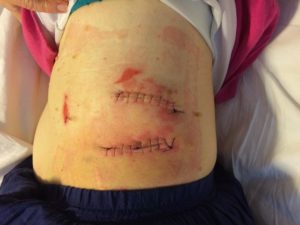
A phone call settled me down. Dr. Nora had performed this operation multiple times in the previous two years with excellent results. As a thin and fit 79-year-old, I was a good candidate for a screw-less spine fusion. He entered my body from first one side (two incisions) and then the other (one more incision) to access malfunctioning lumbar discs at 2/3, 3/4 and 4/5. He cleaned out the offending discs and inserted titanium spacers and added a plastic material in the spaces around which new bone of my own making will form a stable scres-less spine fusion.
It worked. No screws. No leg pain.
Recovery from surgery comes with its own suffering. Bowels that don’t work. Incisions that itch and ache. Psoas muscles that won’t work and complain loudly because of being shoved to one side during the titanium insertion process. Learning to grab things too low or too high with a gripper. Wanting to wiggle in bed and having to lie still like a log. Having beautiful good food fixed by someone else sit in front of me and having no appetite.
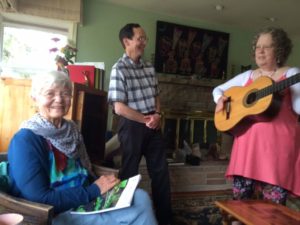
Daughters, step-daughters, neighbors, hiking buddies, Saint Mark’s friends, friends from 45 years of living in Seattle have come bringing food, making the bed, sweeping the bathroom floor, drying my legs after a shower, tying my shoes, driving me to the doctor, watering the parched trees and flowers, feeding the cat, and collecting the eggs from the hen house. They have carried the dirty clothes to the laundry and the clean clothes to the clothesline and helped put clean sheets on the bed. My housemate has filled and emptied the dishwasher, taken the recycling out, reached under the bathroom sink for fresh toilet paper, brought in the mail, connected my laptop to the TV so I could watch old shows and Netflix. Friends have called, emailed and sent notes. I am so full of appreciation, of gratitude for the outpouring of prayer and care and of my willingness to graciously receive these offerings. It is a new phase of life. A letting go of the need to control.
I am so full of appreciation, of gratitude for the outpouring of prayer and care and of my willingness to graciously receive these offerings. It is a new phase of life. A letting go of being superwoman, confronting aging as Joseph Campbell observed, the way we might watch an old jalopy fall apart one fender at a time.
In three more weeks I’ll board a plane for Boston and my oldest niece’s wedding. I’ll ask for a wheelchair and check my luggage at the curb. I promise not to lift the suitcase or anything else weighing over 10 pounds for another six weeks. I don’t want to mess up the beautiful thing Dr. Nora did for my body.
I still hope for readers who have a fierce determination to avoid surgery and medication if they can find a way to move comfortably without them. I support anyone who takes full responsibility for their own health and does all they can through alternative therapies and with traditional medicine to work out a plan that will keep them moving comfortably as long as possible. And I wish for each one of us the grace to accept what is as we move toward the end of our lifespan, however long that may be.
Please share your stories of arthritis and/or injury and the ways you have alleviated pain and kept yourself moving.
Be well, do well and keep moving.
Betsy
206 933 1889
206 409 5940
shop for Shaklee products at www.HiHohealth.com

